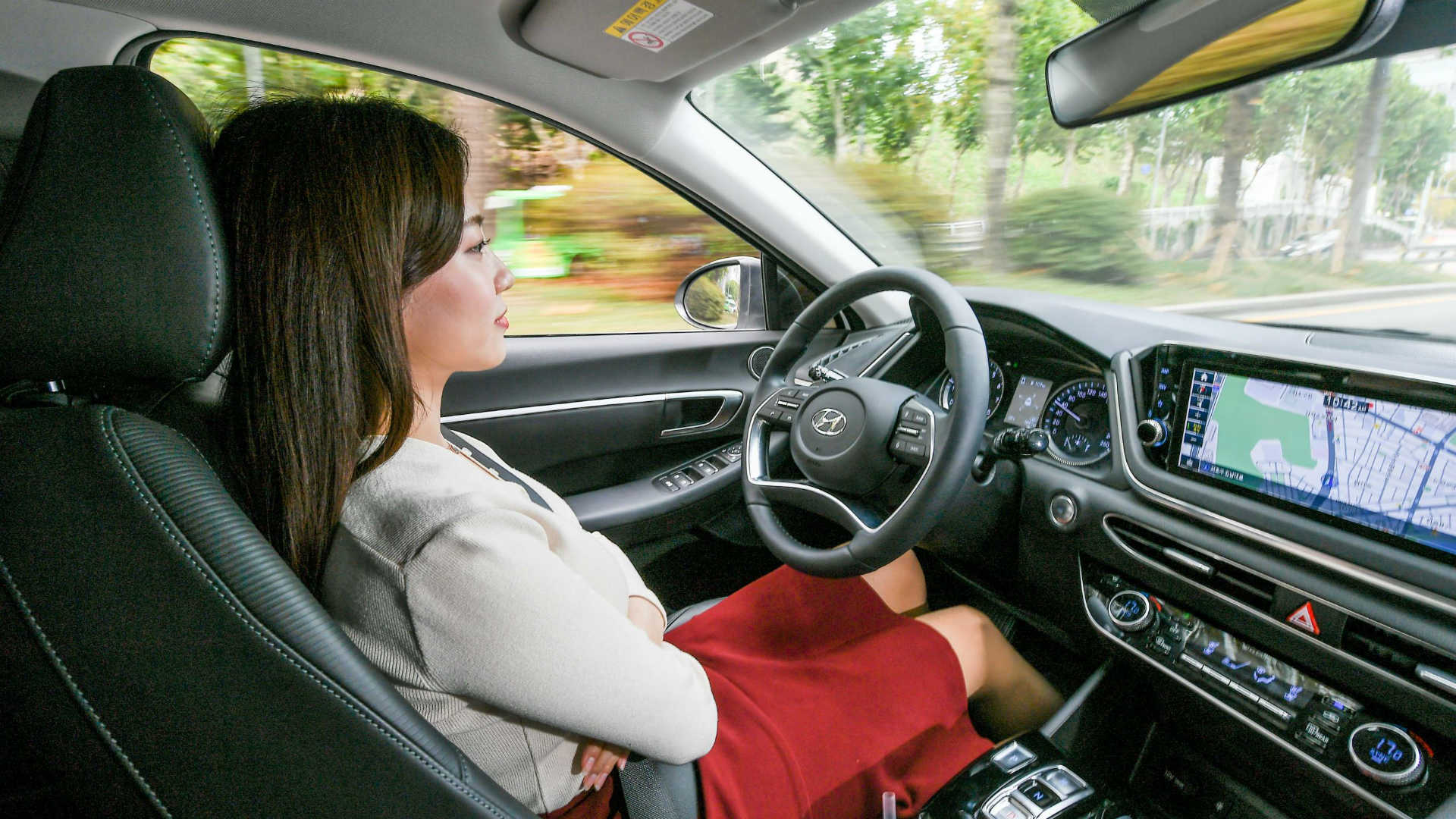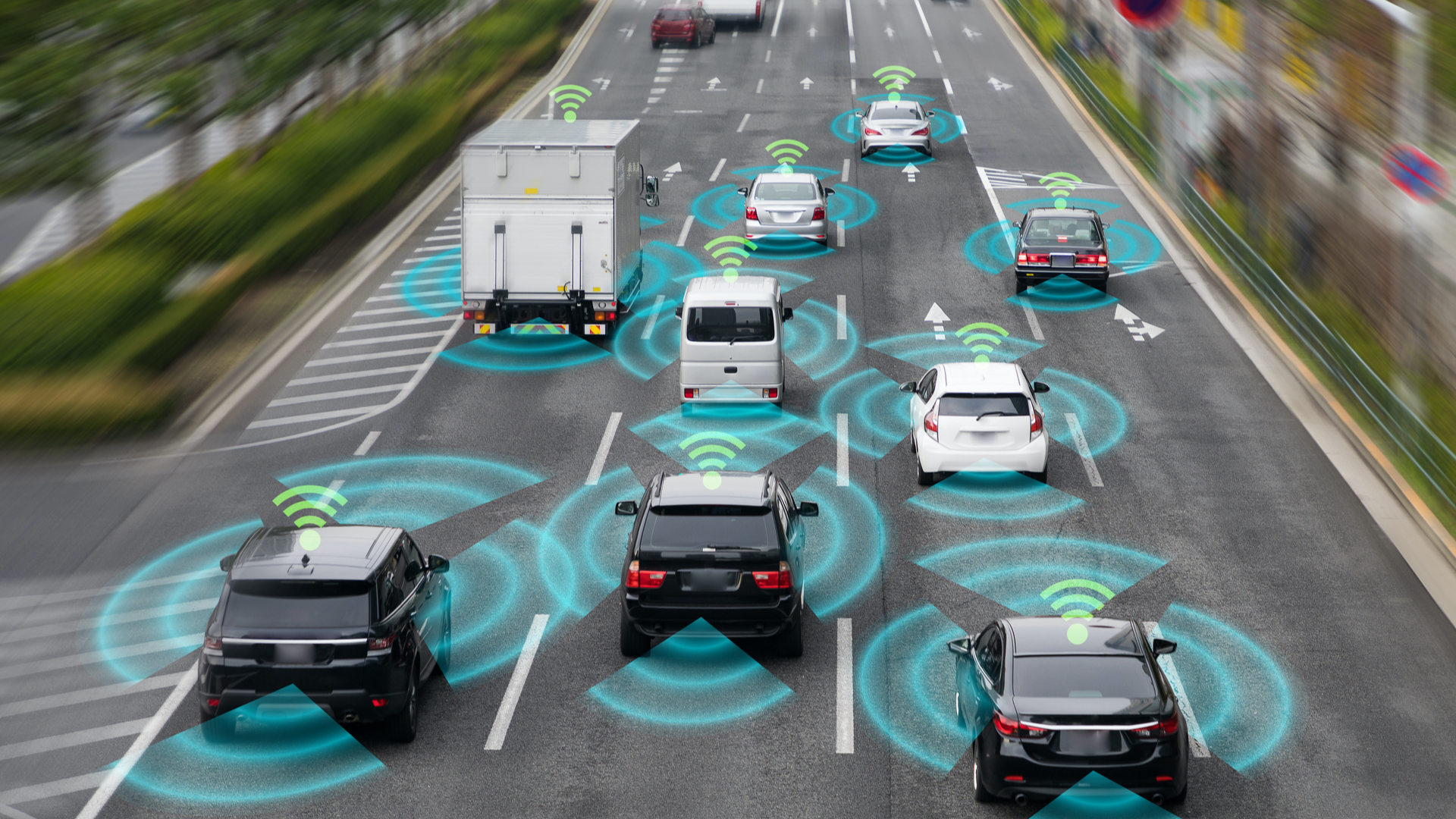
Hyundai has developed a smart cruise control system that learns the style and behaviour of a driver. In theory, this should create a more human-like self-driving experience.
The world-first AI-based Advanced Driver Assistance System (ADAS) is likely to find its way into future Hyundai vehicles.
Smart (or adaptive) cruise control, which is found on an increasing number of new cars, maintains a safe distance from the vehicle ahead while travelling at a speed selected by the driver.
Hyundai’s technology combines AI and smart cruise control into a system that learns the driver’s patterns and habits. The next-generation smart cruise control drives “in an identical pattern to that of the driver”, Hyundai says.
Driving pattern is categorised into three parts: distance from vehicles ahead, acceleration and responsiveness. Hyundai’s tech also considers driving conditions and speed of travel.
Sensors take information from the camera and radar and send it to a centralised computer, which identifies the driver’s driving pattern.

Adaptive cruise control systems tend to allow drivers to select a desired distance to the car in front. Hyundai’s system will adjust the distance to suit the speed an environment. In other words, the distance at motorway speeds will be larger than in traffic.
Similarly, Hyundai’s system should accelerate with more vigour on a motorway than in the city, where a more progressive approach is required.
The driving pattern is regularly updated with sensors, reflecting the driver’s latest driving style. Crucially, Hyundai’s system is programmed to avoid learning unsafe driving patterns to maintain safety.
Woongjun Jang, Hyundai Motor Group vice president, said: “The new [smart cruise control] improves upon the intelligence of the previous ADAS technology to dramatically improve the practicality of semi-autonomous features.
“Hyundai Motor Group will continue the development efforts on innovative AI technologies to lead the industry in the field of autonomous driving.”